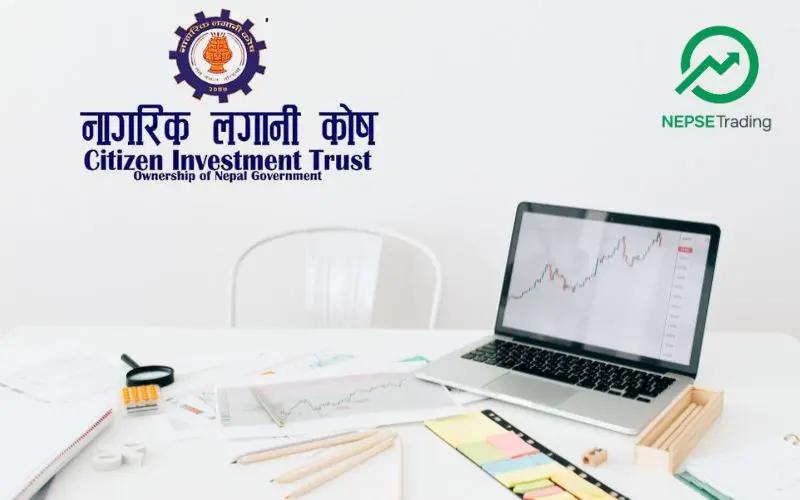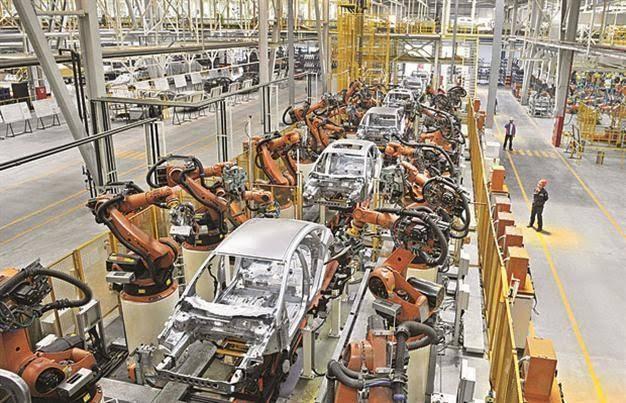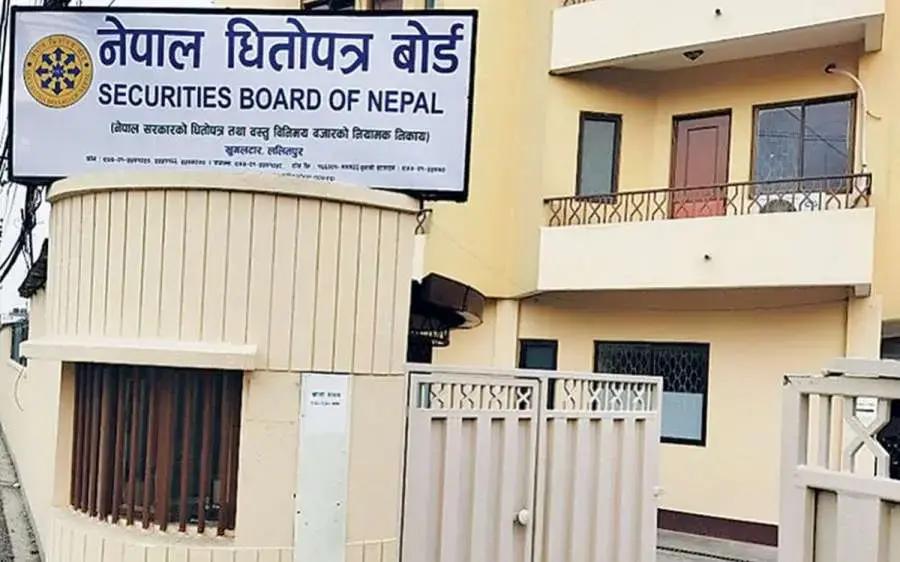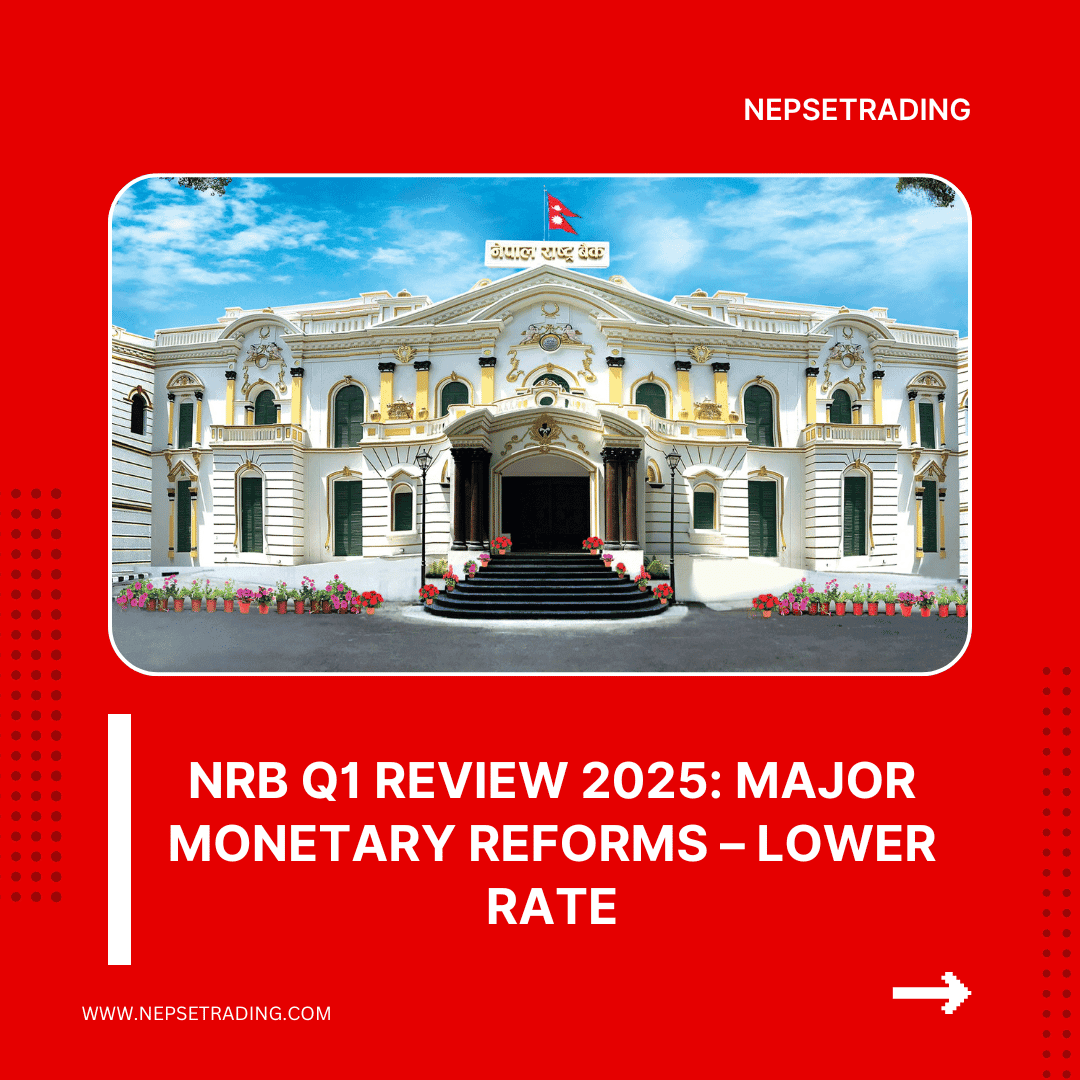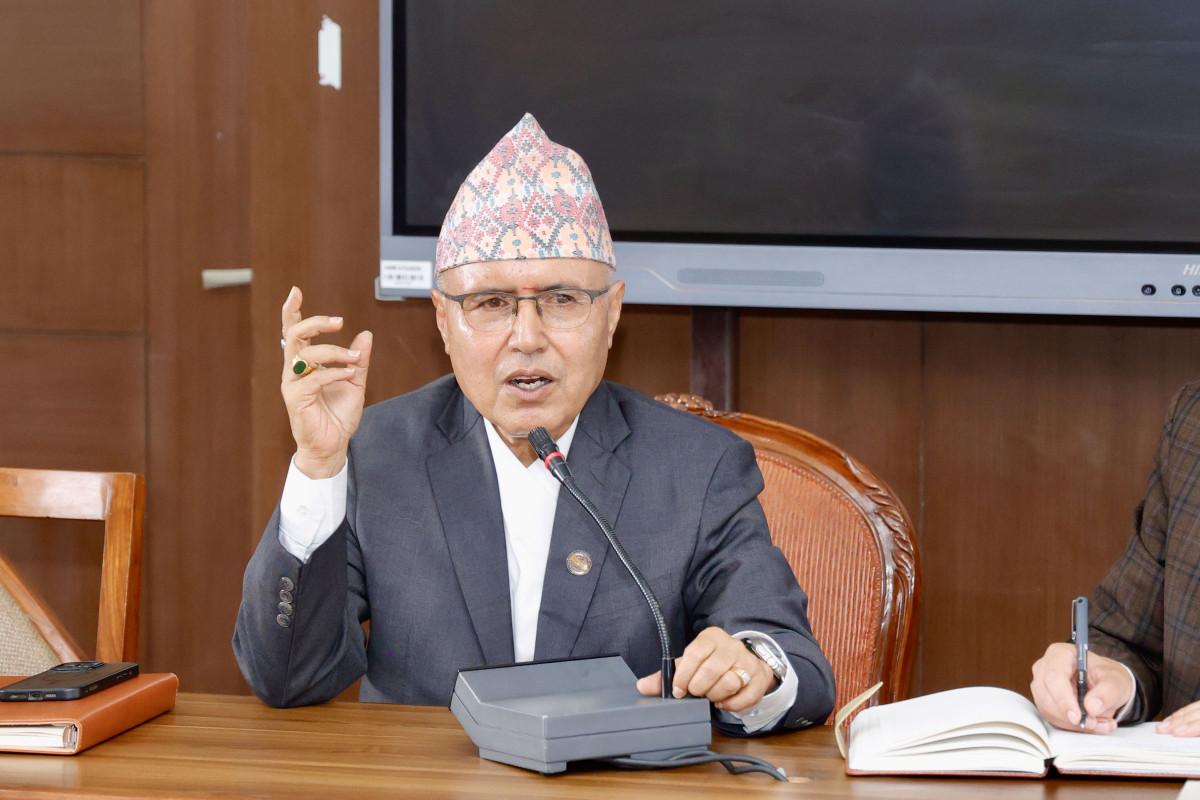By Sandeep Chaudhary
Lending to Private Sector: Why Growth Remains Modest in 2082/83

Private sector lending is a vital driver of business expansion, investment, and overall economic growth. However, in Nepal, lending to the private sector has remained modest despite abundant liquidity in the financial system. Data shows that growth in claims on the private sector was just 4.6% in FY 2022/23, modestly recovering to 6.1% in FY 2023/24, and improving slightly to 8.1% in FY 2024/25. As of mid-August 2082/83 (2025/26), growth stands at 7.7% year-on-year, still far below the levels seen during Nepal’s high-growth years when private credit was expanding above 20%.
Several factors explain this subdued lending trend. First, weak investment demand remains a core issue. Businesses are cautious about borrowing due to sluggish domestic demand, rising operational costs, and an uncertain policy environment. Many firms are postponing expansion plans, preferring to wait for clearer signs of sustained economic recovery. Second, structural bottlenecks such as bureaucratic hurdles, delays in infrastructure projects, and limited industrial diversification restrict opportunities for productive borrowing. Even when liquidity is available, the pipeline of viable investment projects is thin.
Third, household borrowing has slowed as well. Wage and salary growth has been weak (2.63% in FY 2024/25), limiting repayment capacity and dampening appetite for consumer loans. Moreover, high household spending on non-food essentials—such as education, healthcare, and housing—means families are prioritizing current consumption over debt-financed investments.
On the supply side, banks and financial institutions are cautious about extending loans amid concerns over rising non-performing assets (NPAs) and low profitability. While deposit growth is strong—backed by remittances—credit growth lags behind because banks are channeling resources into safer assets such as government securities rather than riskier private sector loans.
The modest growth in private lending poses risks for Nepal’s future. Without stronger credit flows, Gross Fixed Capital Formation (24.1% of GDP in FY 2024/25) may remain weak, stalling industrial expansion and job creation. To address this, policymakers need to improve the investment climate, incentivize priority-sector lending, and align credit flows with high-potential areas like hydropower, IT services, and agro-industries.


